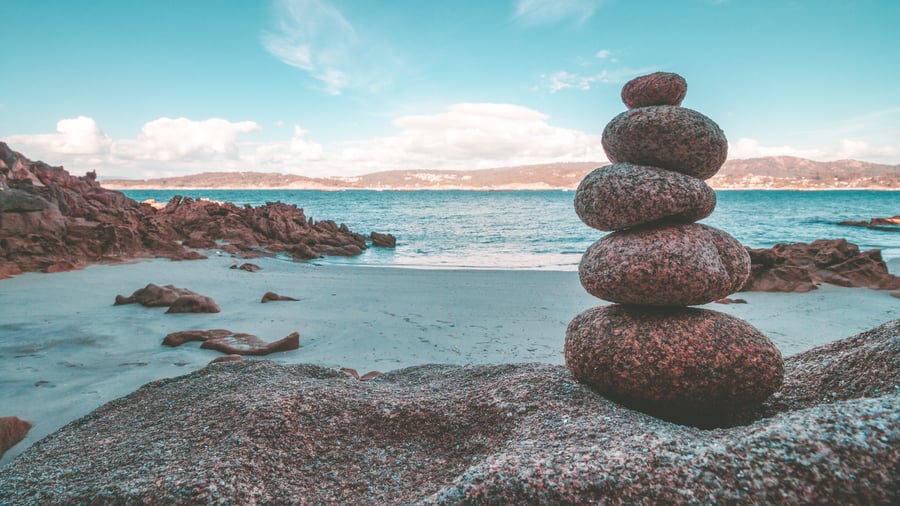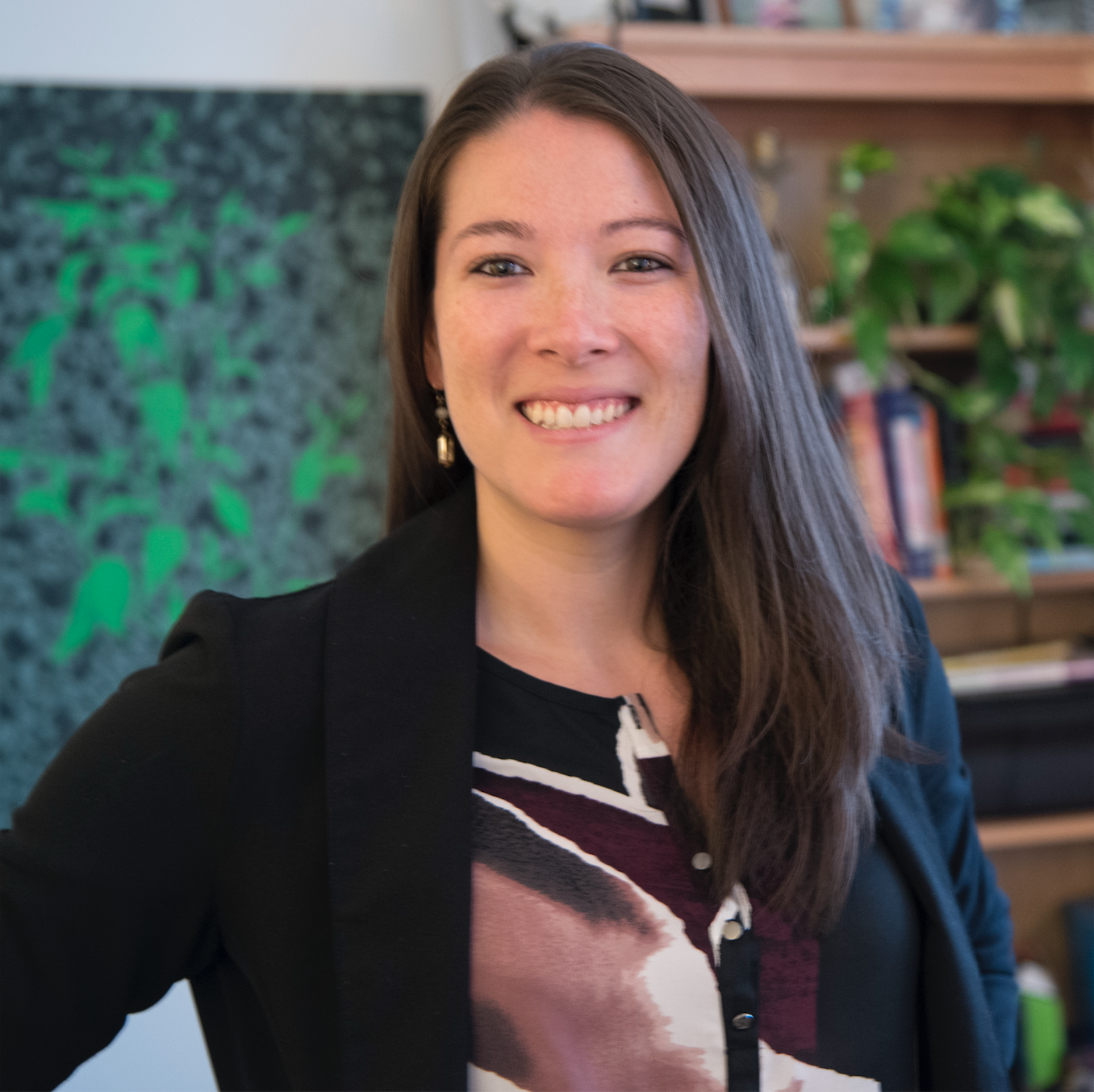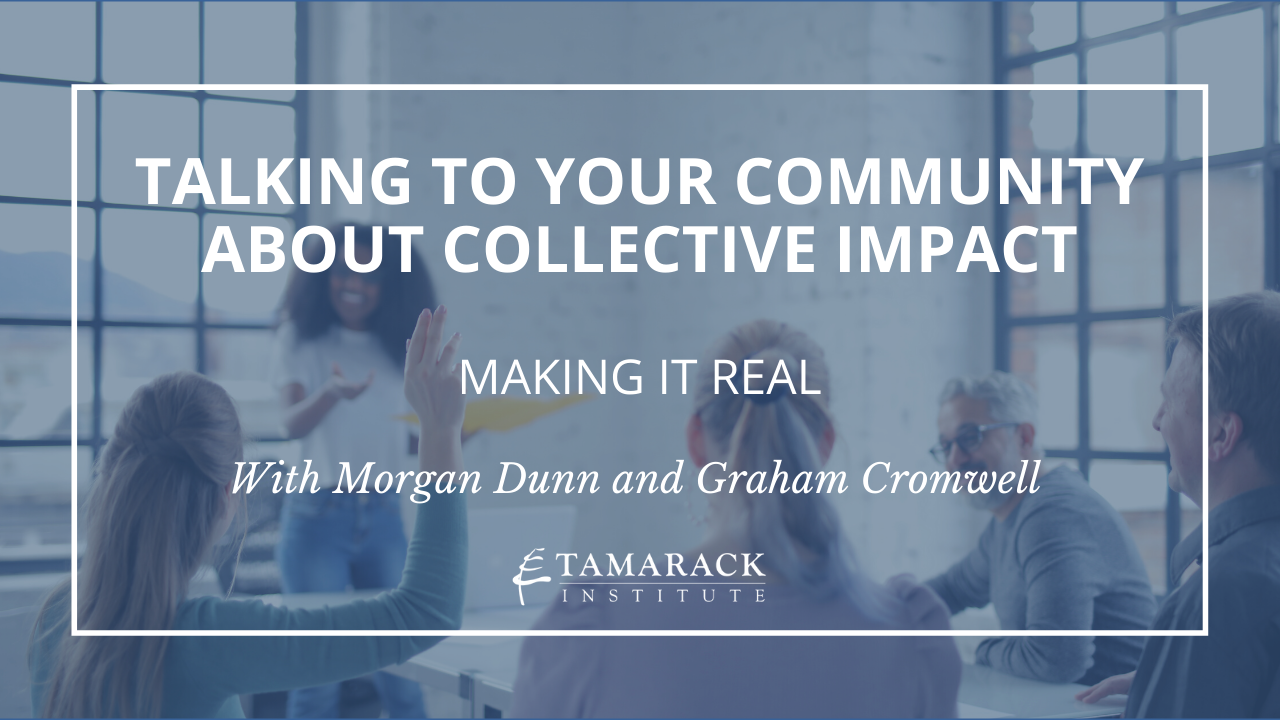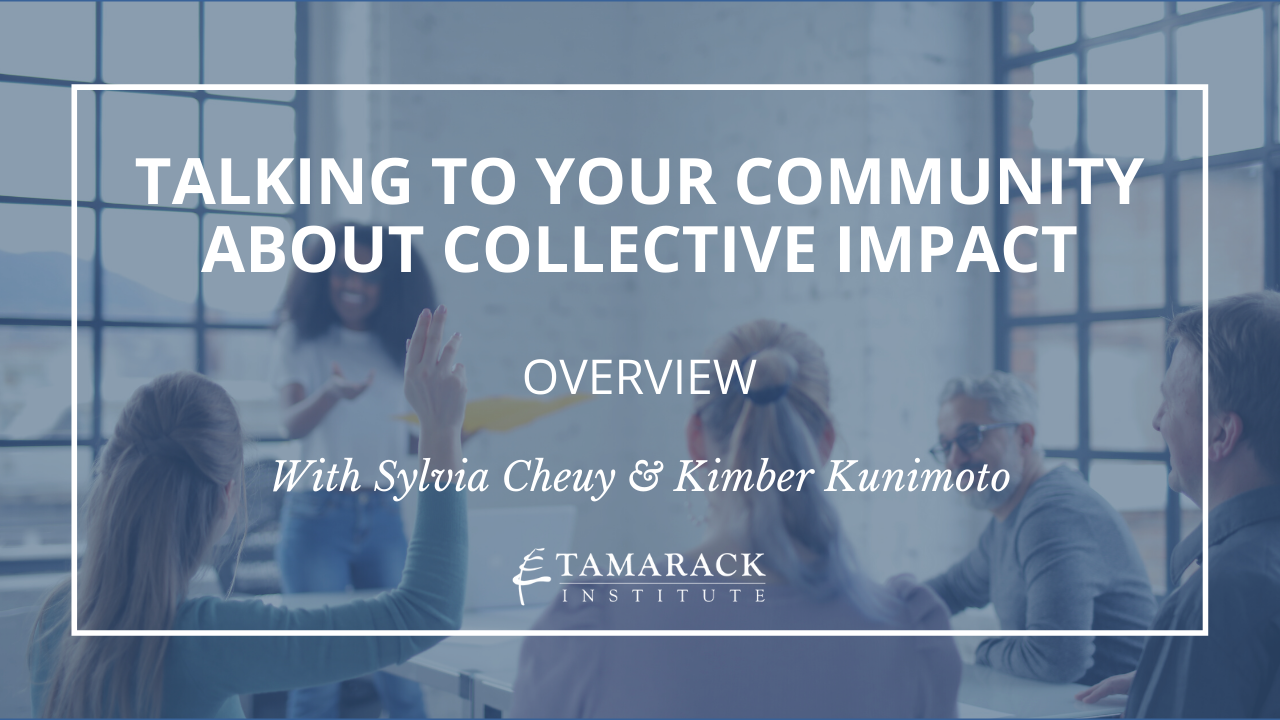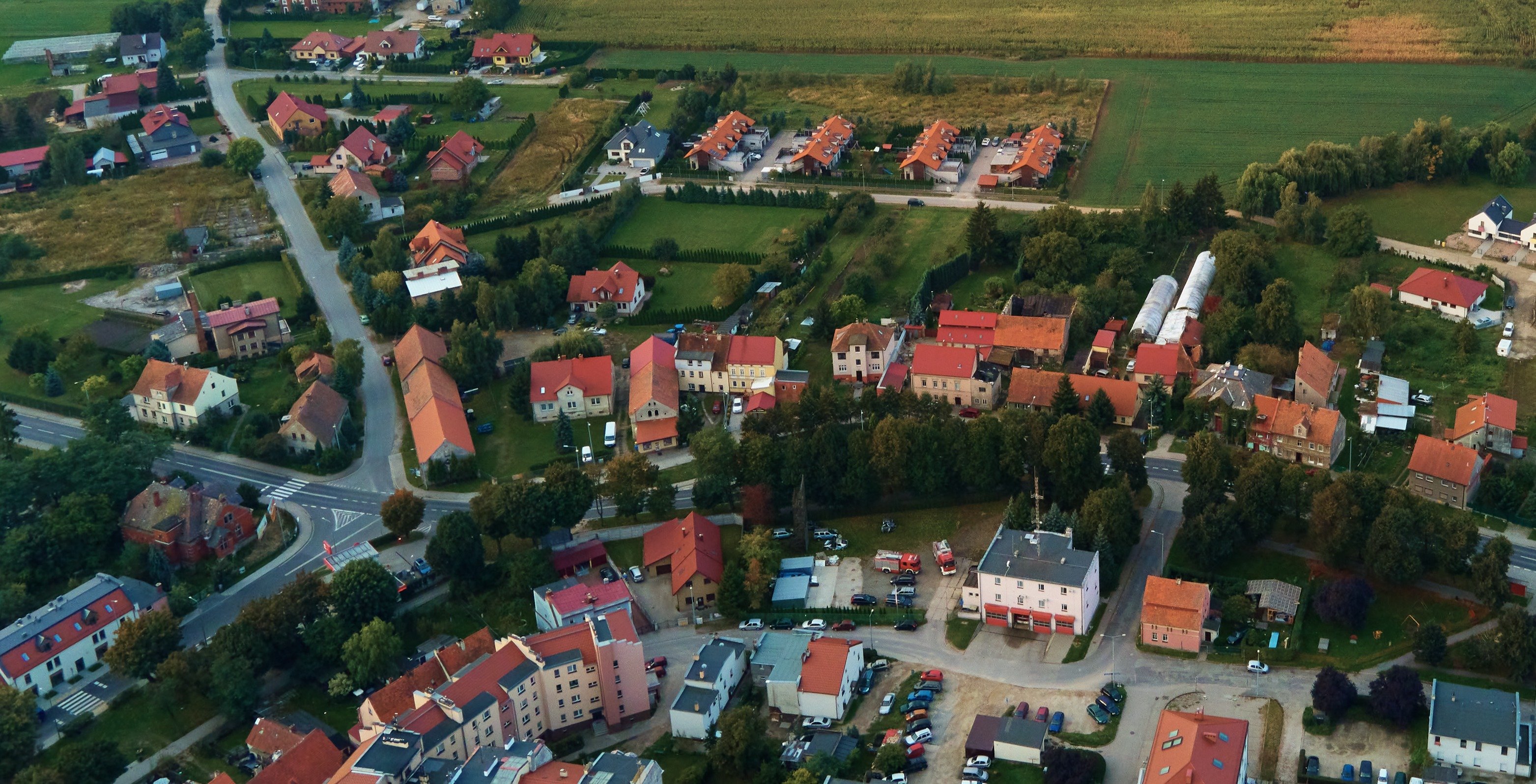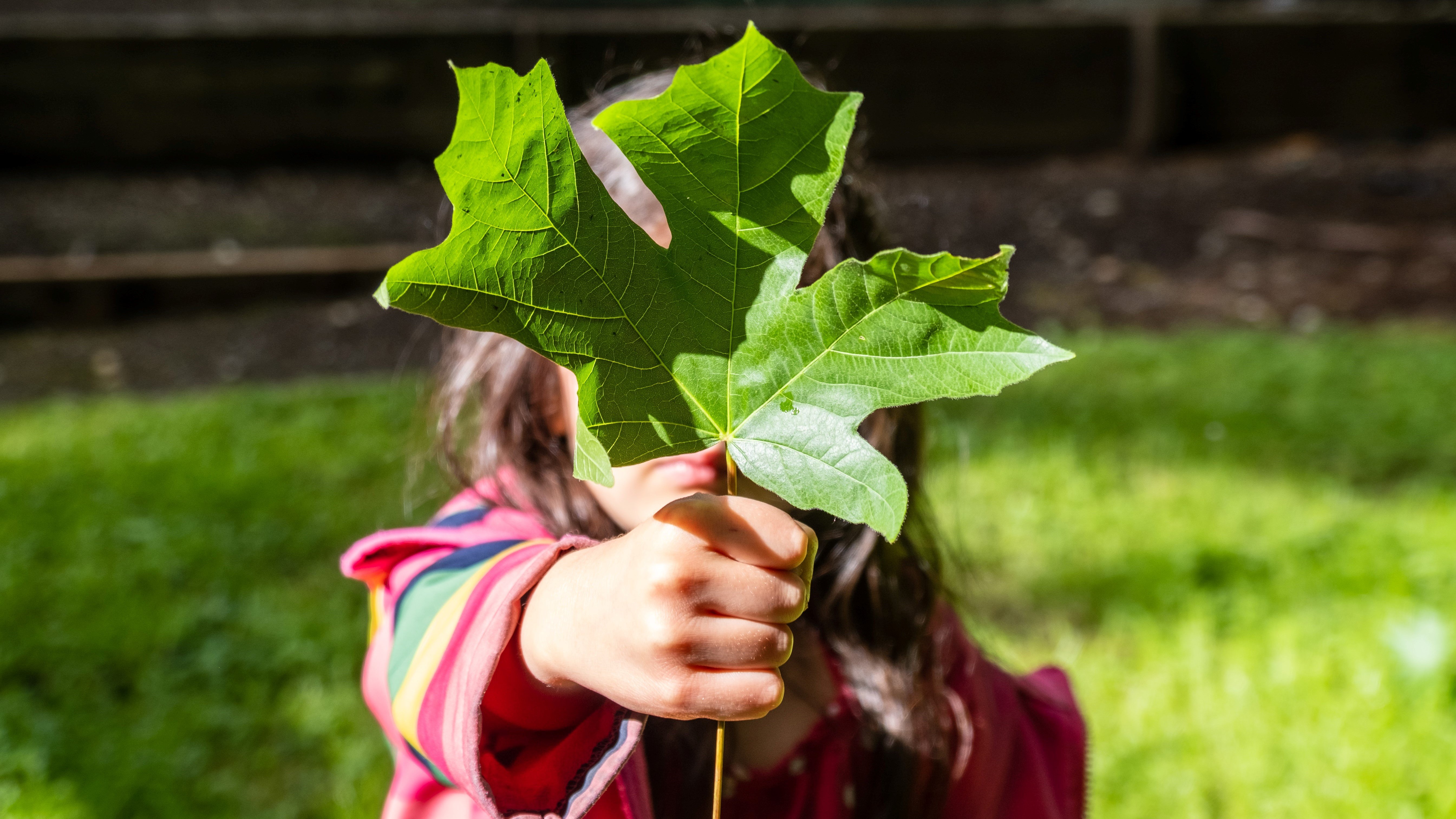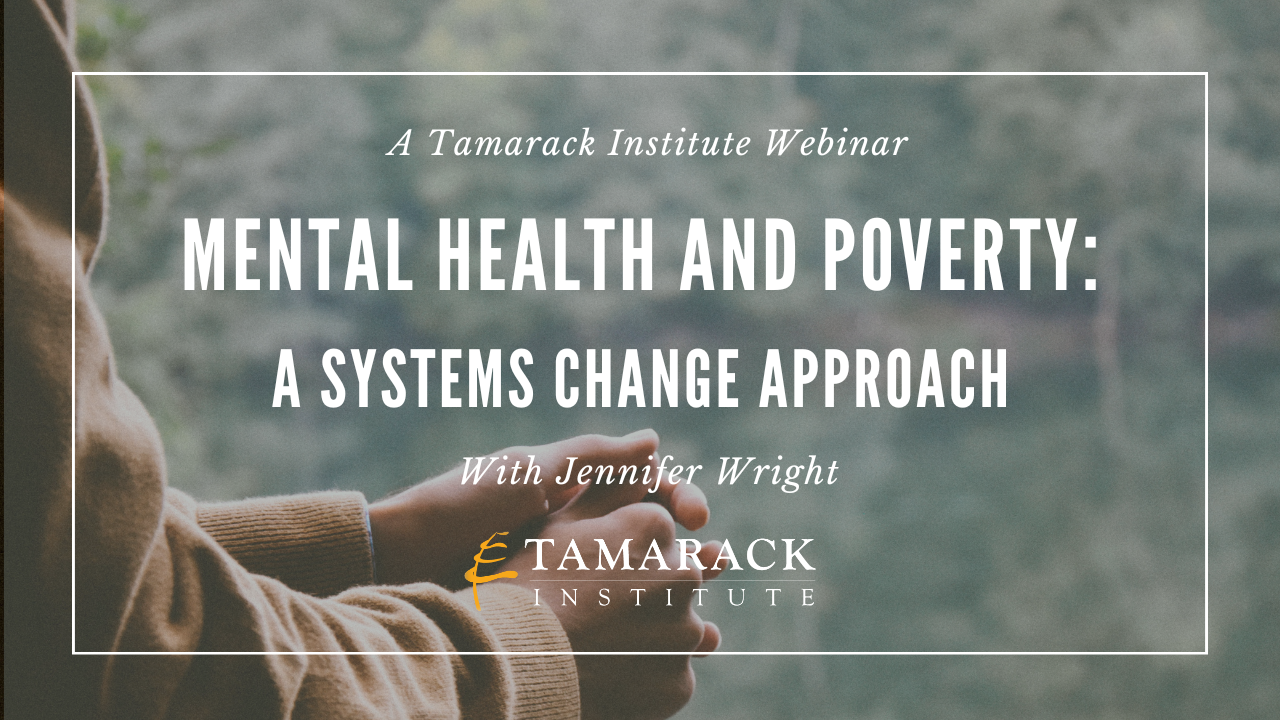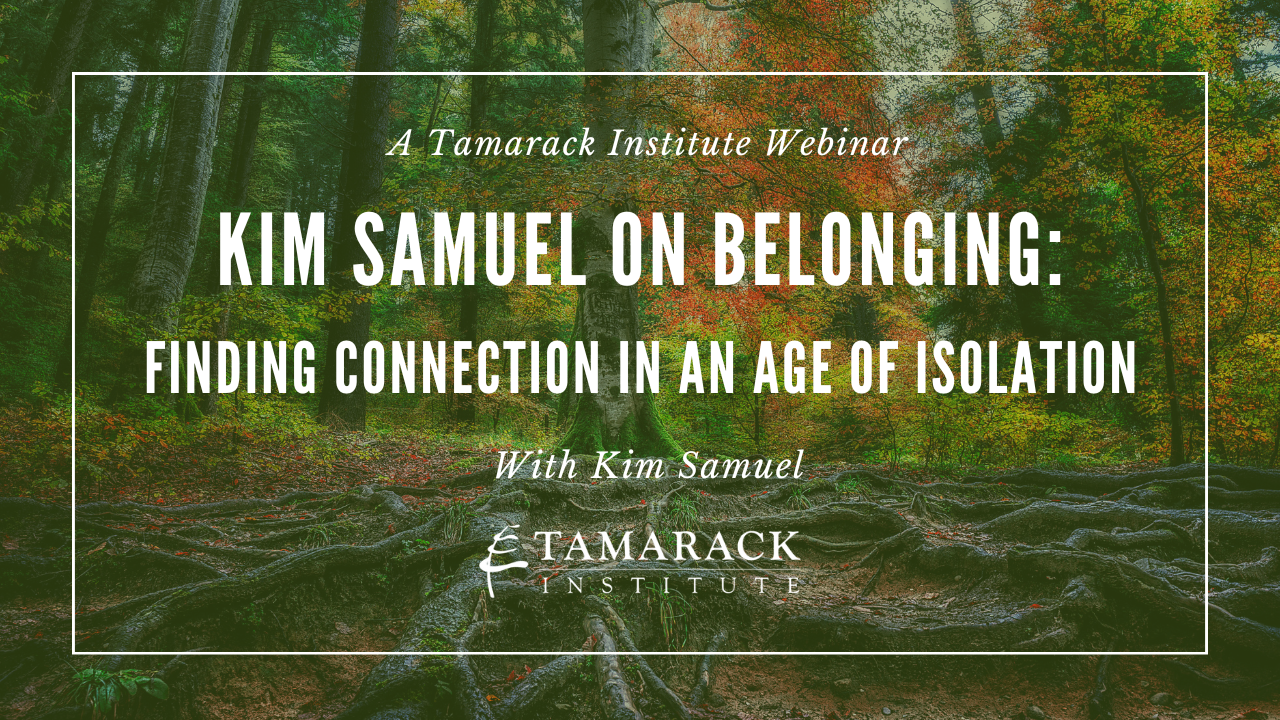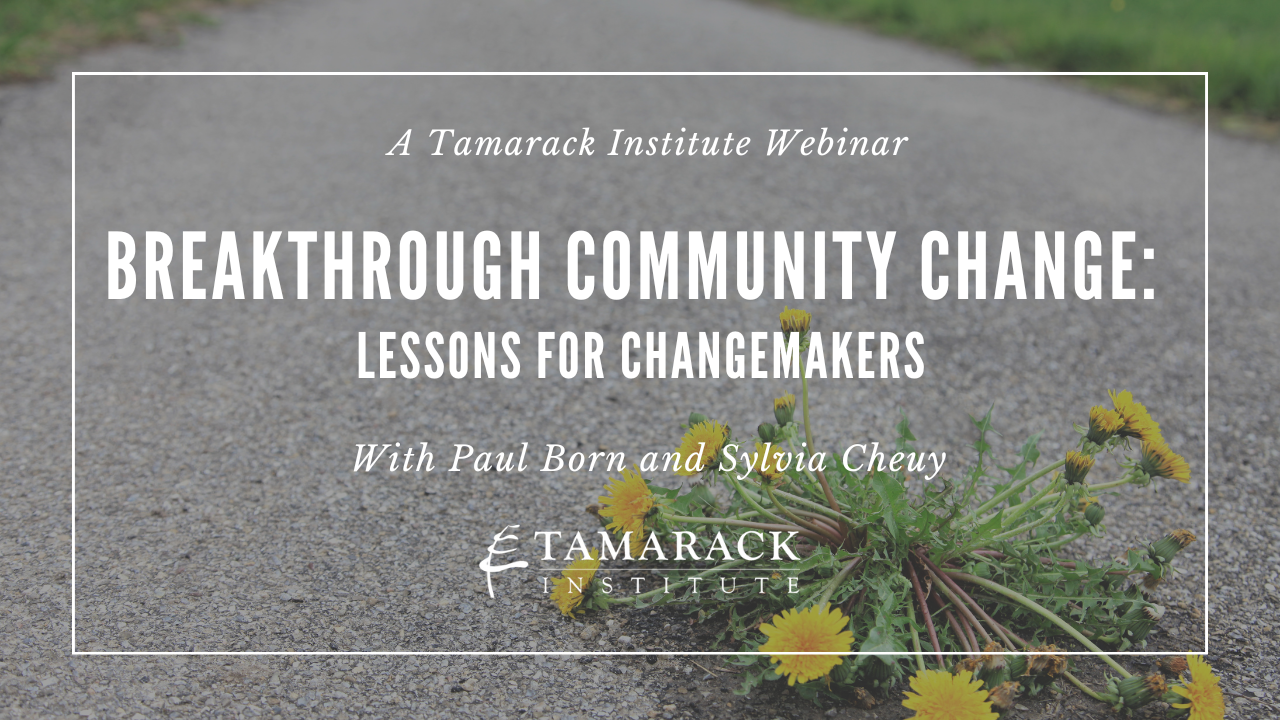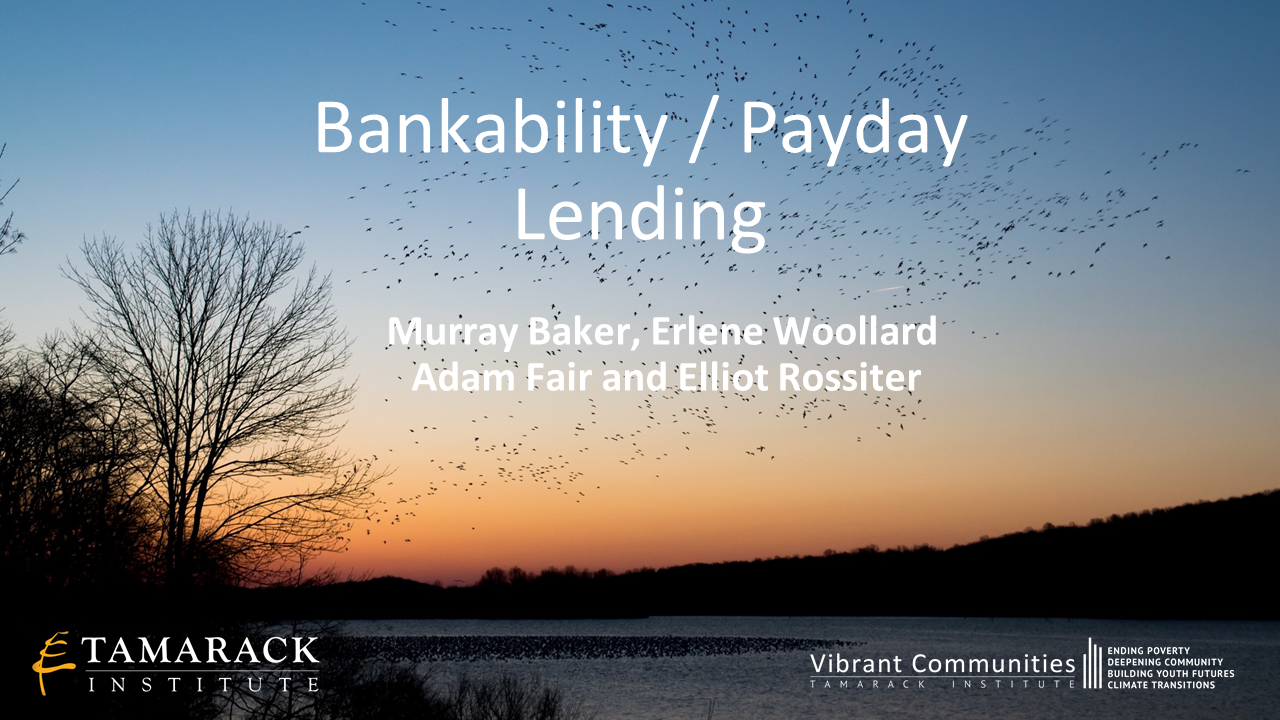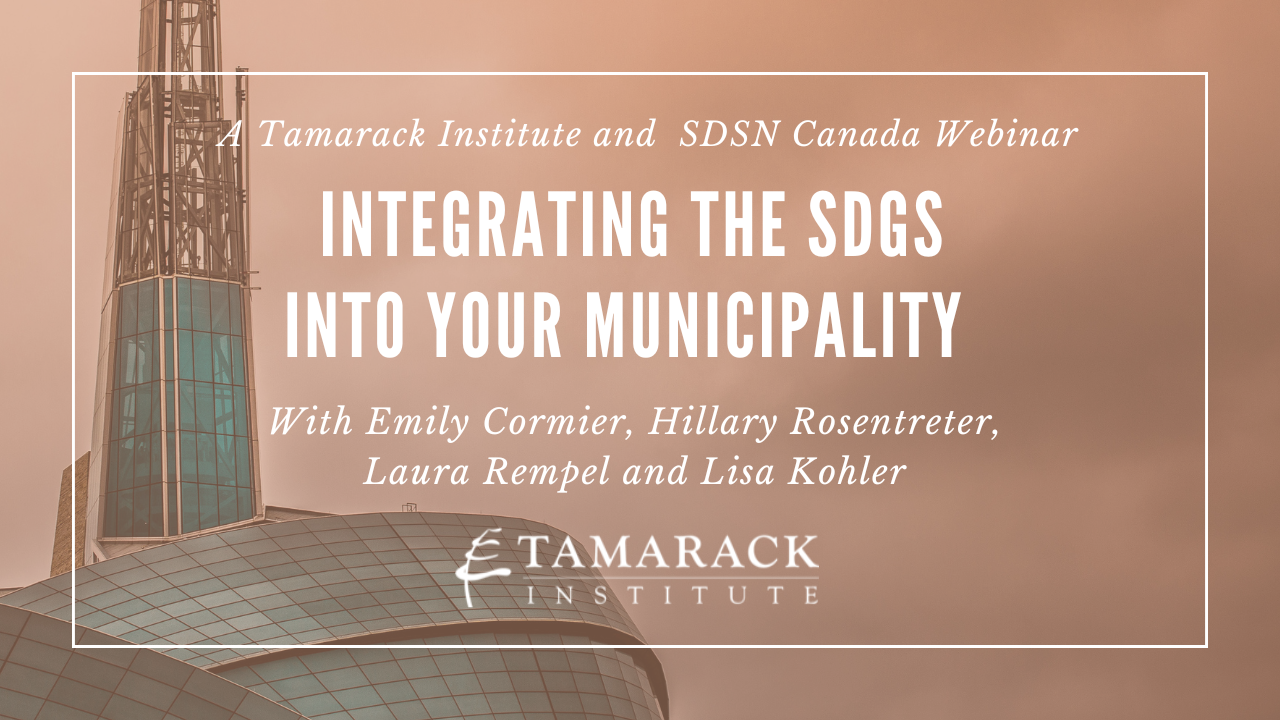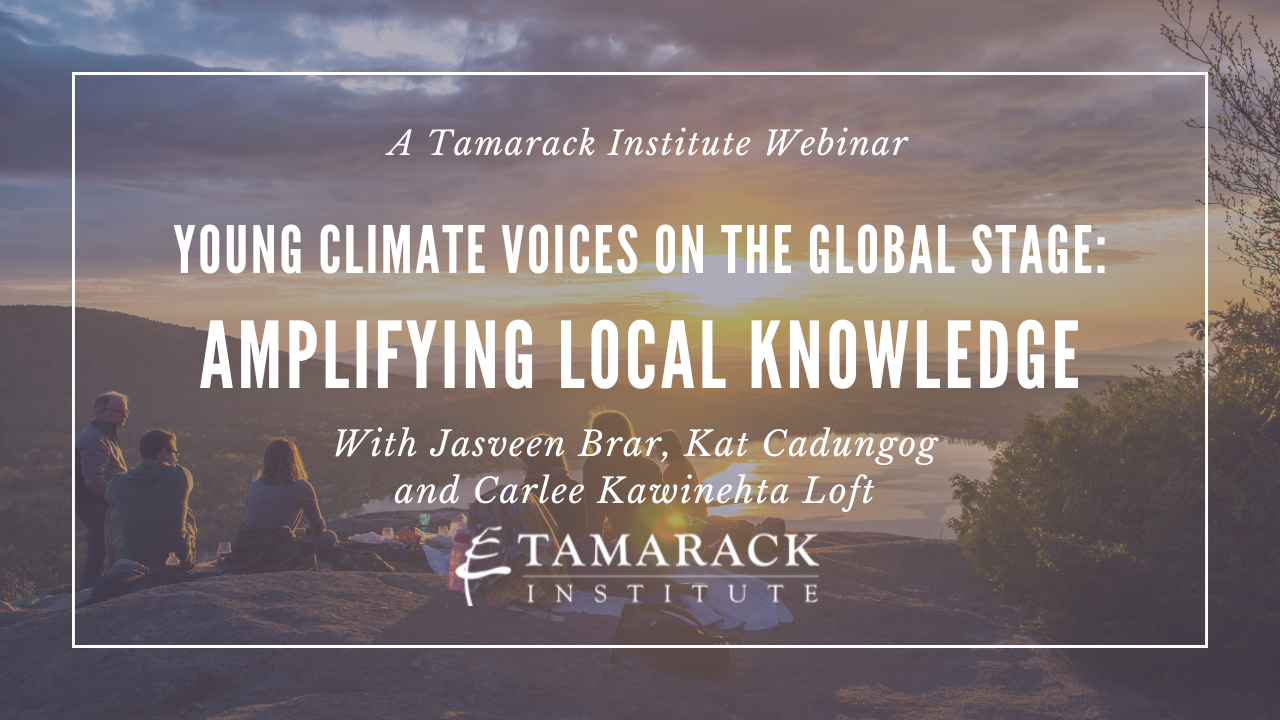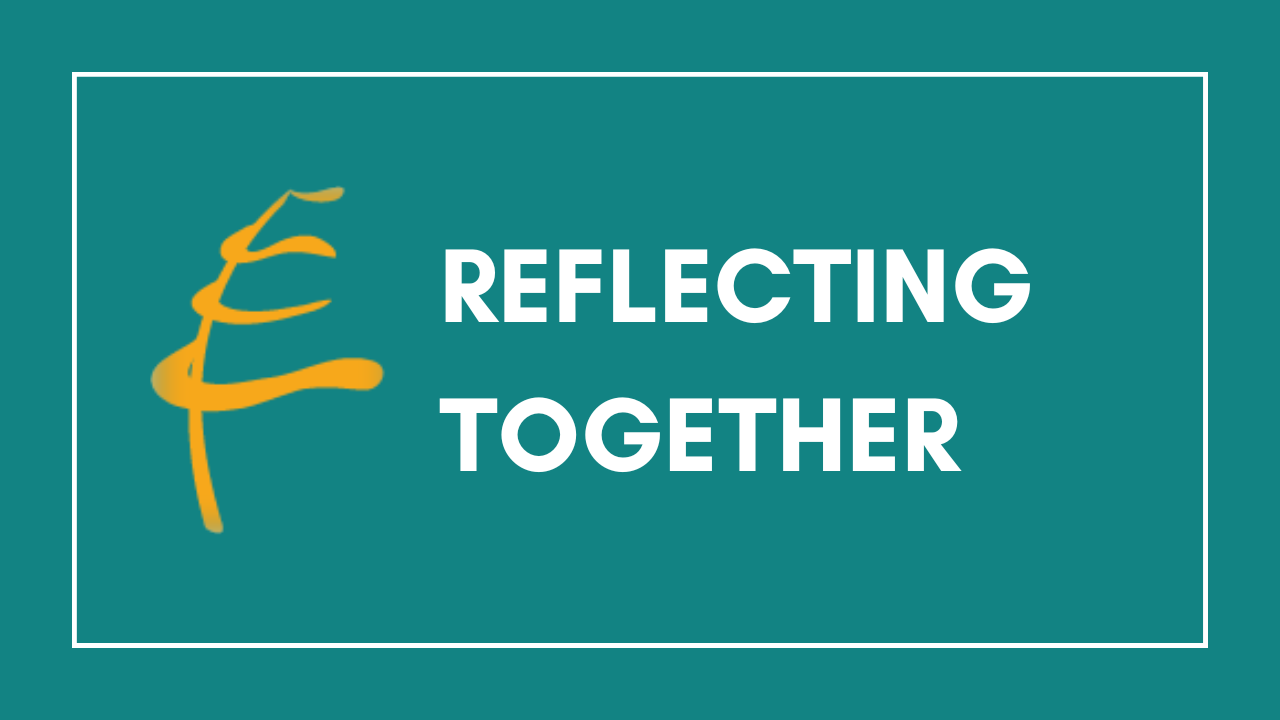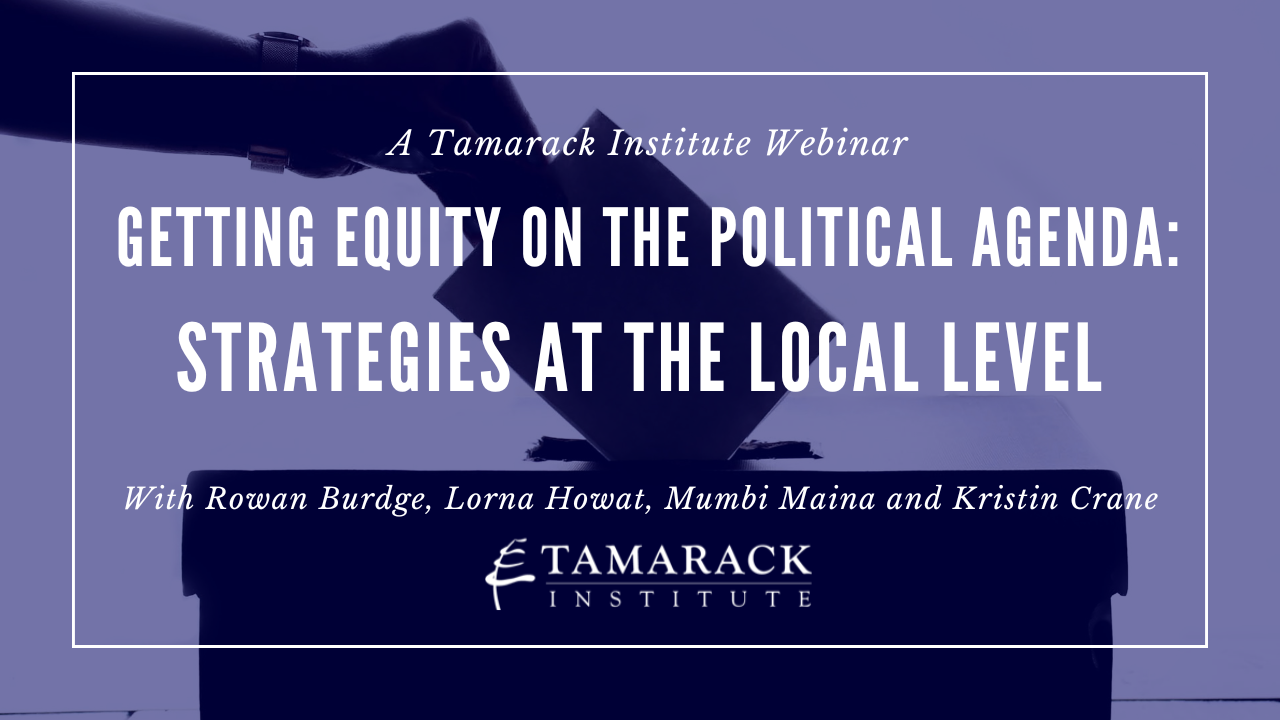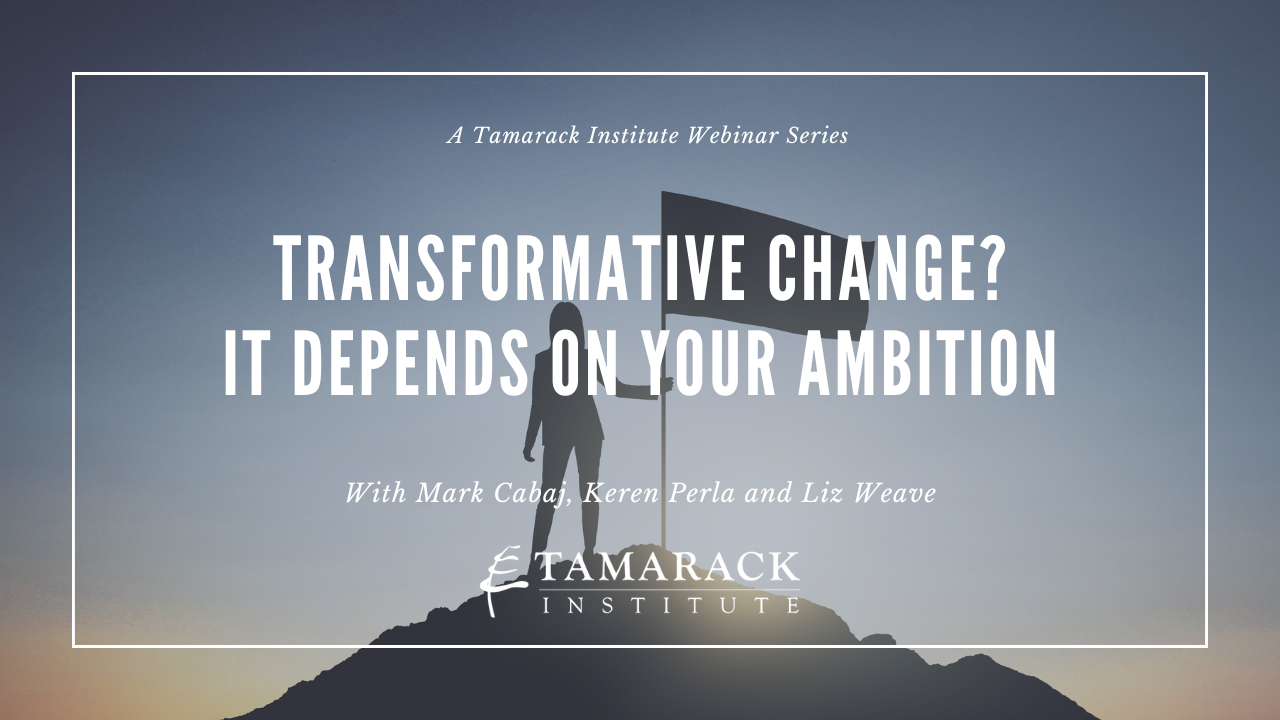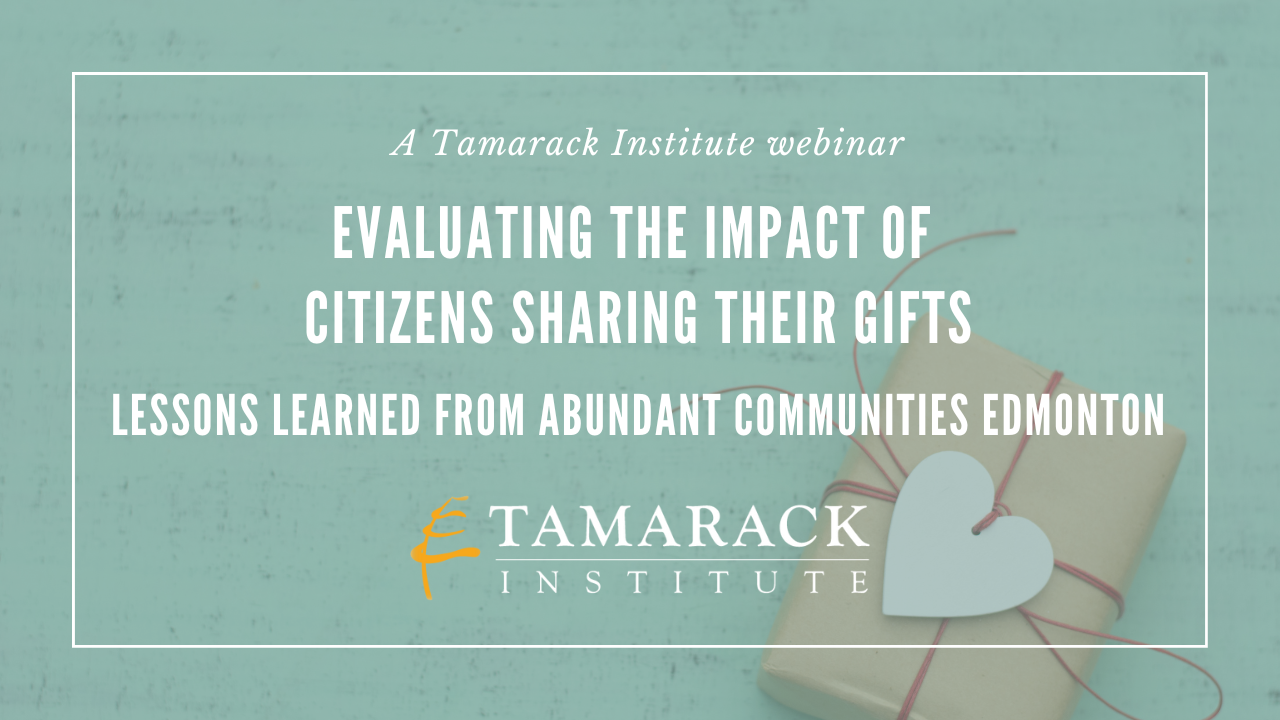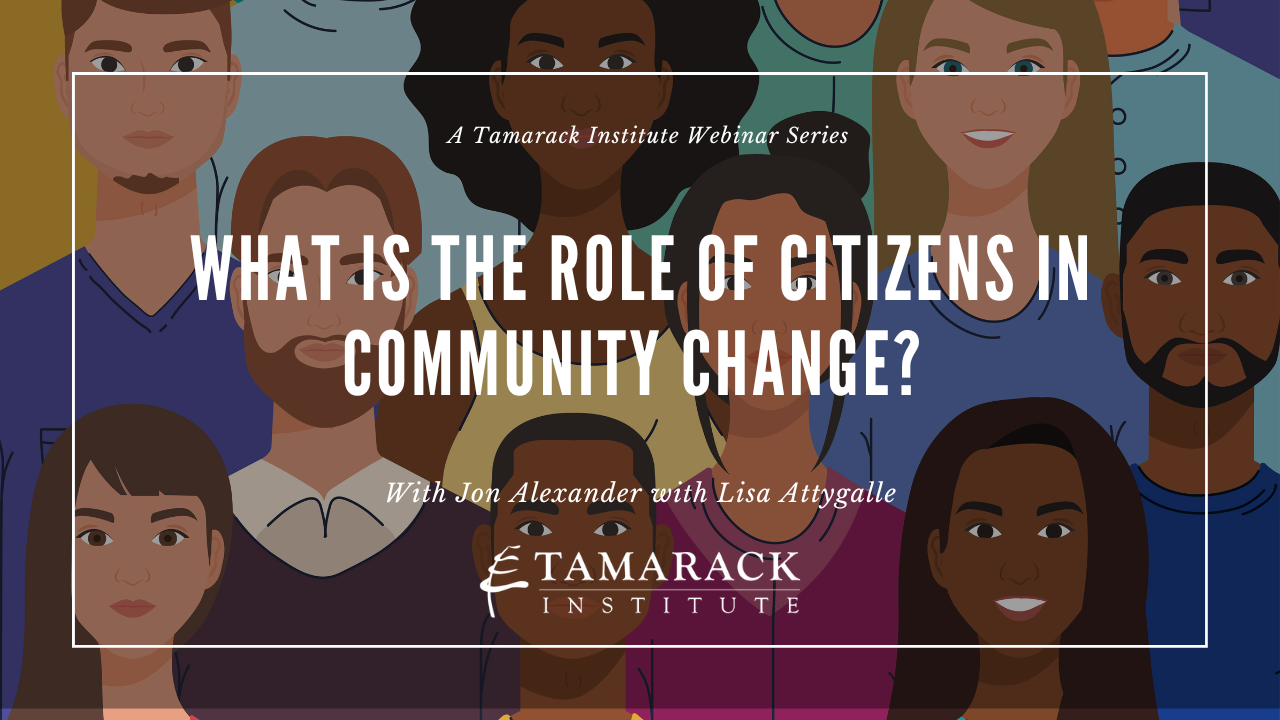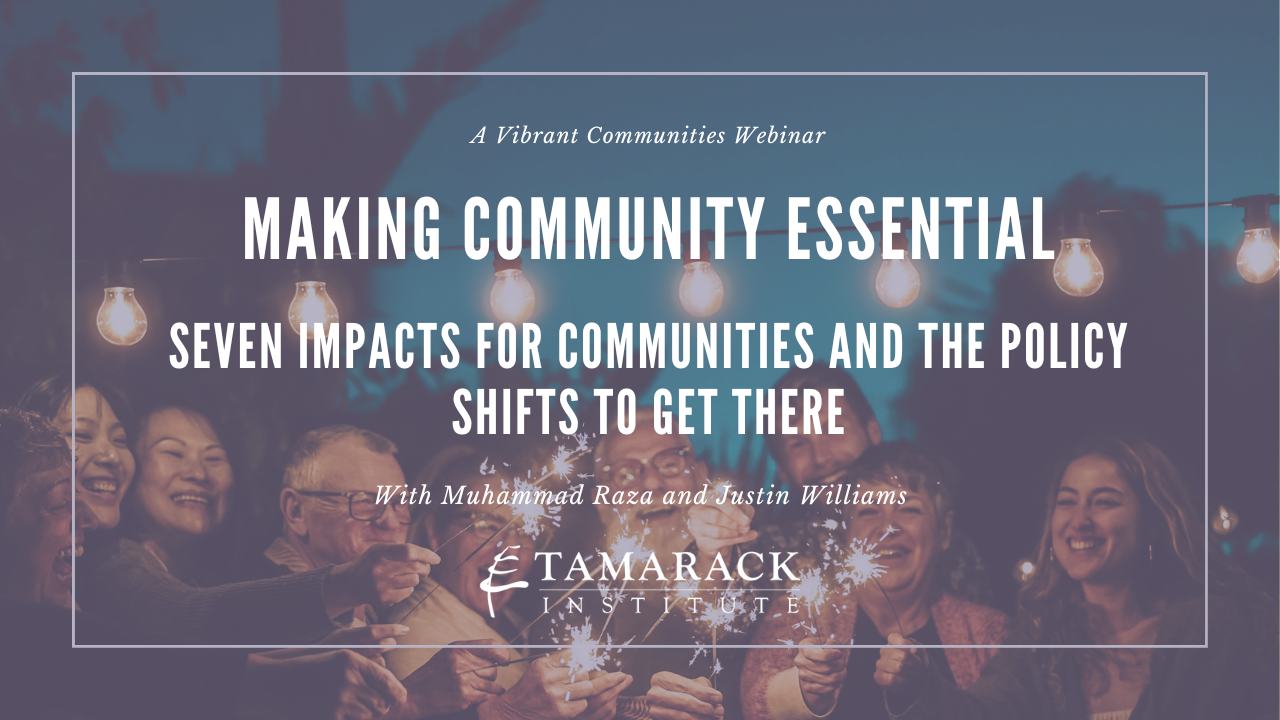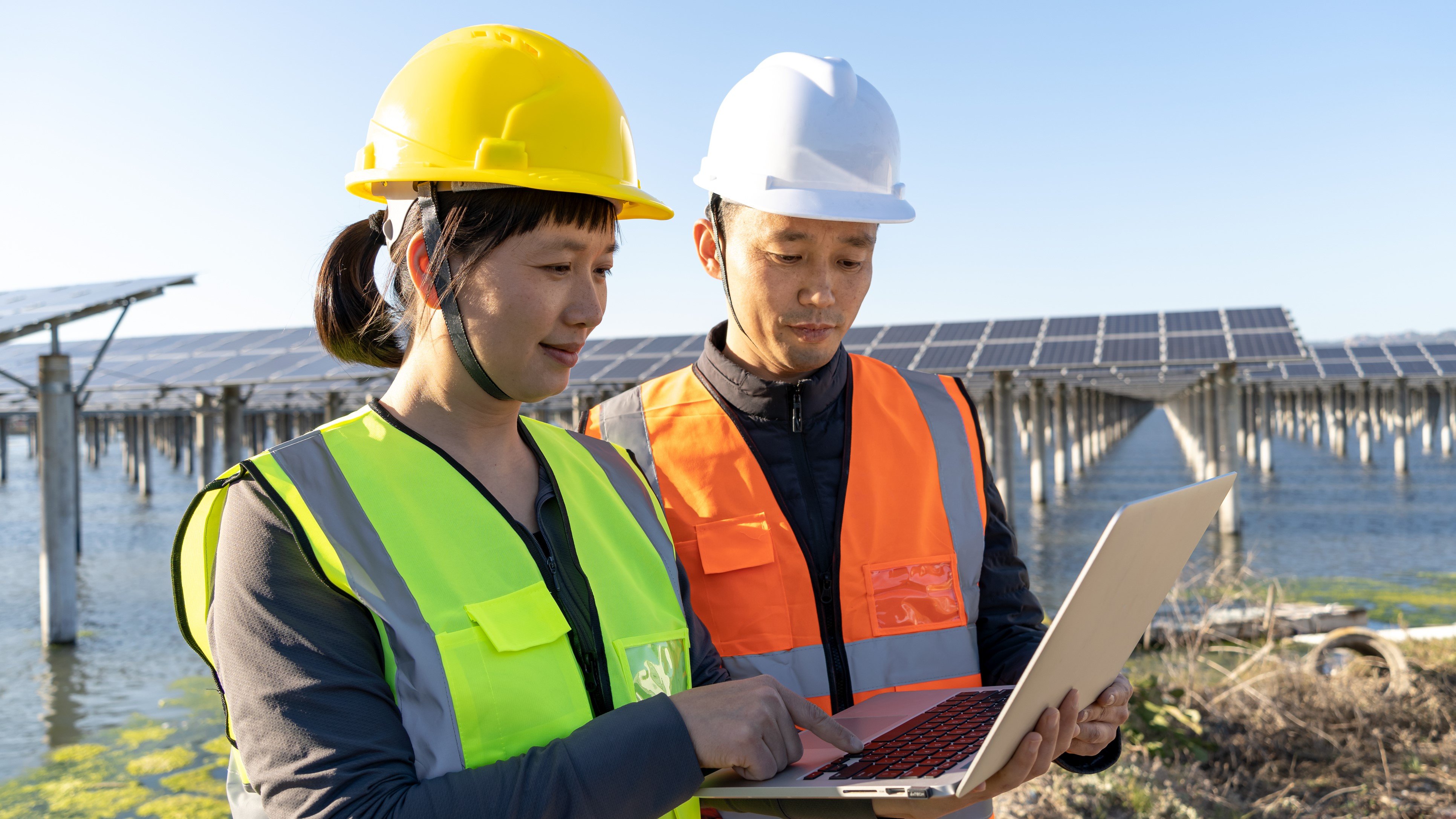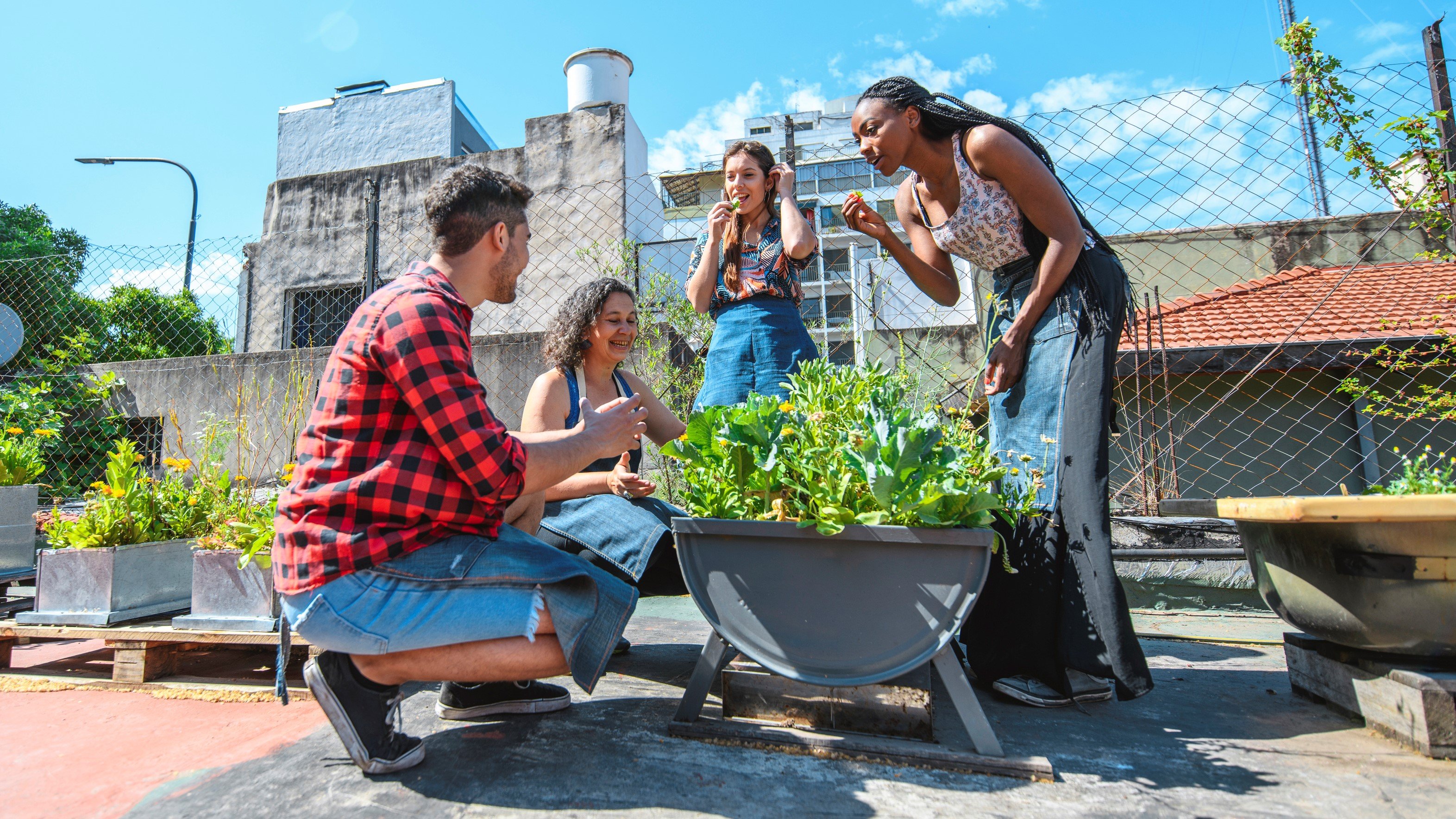Do you ever feel selfish for prioritizing self-care? Or are you never able to prioritize self-care because work and life is too demanding?
It’s not selfish.
It can feel difficult to reconcile that as someone working with individuals or families that are struggling each day. But in fact, it’s important to those same people that we show up in good health, in a good way, that we’re present, caring and are strong allies.
Navigating Burnout
Long before COVID-19, but particularly since COVID-19, burnout has been a challenge for people in the caring field.
We’re facing an increase in client demand, a decrease in funds, a decrease in staff and more turnover, an upswing of virtual meetings all day every day, and many of us lost friends or family during the pandemic. For some, COVID-19 is still a daily threat. Not to mention existential threats – climate change, international relations, etc.
Burnout happens when the scales tip and we perceive the reward/benefit no longer outweighs the cost.
Collective Impact by nature demands our time, creativity and engagement for the long-term. It can help us achieve the type of community where we all thrive, but can feel like a daunting task if you’re struggling from one meeting to the next and trying to eek out deliverables on time.
Physiologically, our brains struggle to handle the demands of this level of collaboration when we’re burnt out:
- The amygdala increases in size and connections to other parts of the brain thin out. So we have a heightened awareness of our emotions
- The pre-frontal cortex thins out. Higher-levels of reasoning decrease. Meaning we’re less able to regulate our emotions and we’re less able to do anything about it
- Too much cortisol is secreted. Over time this stress hormone weakens other parts of the body so we’re more likely to have health problems.
Lessons Learned
When I was going through my social work degree, we reflected on self-care often, as the field is well-known for high rates of burnout. Two of my biggest takeaways were:
- There are a million forms of self-care – the right one(s) bring personal joy. If you, like me, find it difficult to colour inside the lines, adult colouring books probably aren’t relaxing. As someone who loves logic and exercise, I love the process of doing puzzles, solving bouldering routes, running and doing yoga.
- We can’t yoga our way out of burnout – The most effective self-care is practiced regularly when we’re not stressed; every day or week. It builds mind and body resiliency for handling times of high stress. Self-care when we’re already burnt out will merely help with coping.
We want to be the most creative, high-functioning, open, principled people we can be when working alongside community members and partners to get to impact – to reduce poverty, mitigate climate change, help youth graduate high school, or whatever the cause might be.
Sustaining Your Health While Doing Systems Change Work
What are some strategies for sustaining your health in a time when there are a dozen personal and professional pressures at any given time?
Here are some that have particular resonance for me:
1. Systems change
Dr. Pooja Lakshmin frames the focus as self-care and systems change. We must combine deconstructing systemic barriers to resiliency and wellbeing with the things we do have personal power to control.
Systems changes might look like:
- Legally mandated paid sick days
- Liveable wages full-time, full-year
- Accessible mental health services
The Centre for Addiction and Mental Health has put together a ‘systems trauma’ map and outlines how systems negatively affect social service providers, not just service users.
2. Diversify self-care
Dan Siegel names seven forms of self-care or “daily habits” in Healthy Mind Platter. This is perhaps the most practical resource I’ve found on self-care and resiliency. The seven categories he says we should make time for are:
- Focus time – Engaging the brain in goal-oriented tasks or activities that make deep connections in the brain
- Play time – Being spontaneous, creative, playful, and having novel experiences
- Social time – Connecting with other people, animals and the environment
- Physical time – Aerobic exercise, if medically possible
- Quiet time – Internal reflection
- Down time – Relaxing and re-charging without a goal; no focus
- Sleep time – Giving the brain rest to consolidate learning and to recover
Consider … Where do you spend your time each week? Are there some categories that you put lots of energy into while not so much in others? You may find yourself burned out even if you’re exercising and seeing friends and family regularly but have so much on the go there isn’t enough time for sleep or down-time.
What can you do to re-balance the categories that get less time?
3. Refill your soul
I find this is extremely important for people, like me, who lead or support community change efforts from behind a desk. Find ways to remind yourself of why you’re passionate about your work. Leave the paperwork momentarily to get out of the office and give out meals, pet the dogs, or have conversations with people. Very few of us get up in the morning because we’re passionate about spreadsheets. When we’re not connected to the difference we’re making, it slowly drains the soul.
4. Collaborative leadership
There are many ways to say “no” without saying no. Employing a collaborative leadership approach is one way of inviting others in and builds more leadership capacity in the community so that you’re not “going it alone”.
Set boundaries so that others know what you need and what they can ask of/expect from you; for instance, backbone staff can frame their role and expertise as “facilitators” rather than the “do-ers” or “experts”. The way we frame questions and invite people into the work is important for setting expectations about our time and what we do. Designing community engagements as consultations or information-sharing events may foster an assumption that you are doing the work when everyone leaves.
Employ mutually reinforcing activities. Not every new strategy needs to create a new activity. Discovering the strengths and assets you bring to the table, as well as the others in the room, can reveal natural leverage points for change. In his new book, Breakthrough Community Change, Paul Born asks: “What could be achieved if everyone shifted just 10%?”
One community launched a campaign to increase the number of people filing taxes through the Community Volunteer Income Tax Program. While the program is run by a single agency, all of the public and non-profit service agencies around the table started promoting the clinic to the people they worked with. Pamphlets were going home with kids from school, they asked if people had filed taxes at the employment centre, at the social assistance office, etc.
What’s different about collaborative leadership from traditional leadership is that it doesn’t require you to be the hero to be successful; it requires intentionality of the process. Success of collaborative leadership is founded in how we lean on each other to get things done.
Learnings from the Field
The May 2023 Communities Ending Poverty Summit focused on strength and resilience. Throughout three days people shared about what gives them hope and resilience. The overarching conversation explored systems and policy changes we need so that individuals aren’t asked to be resilient so often.
The antidote, we heard, was love.
I would argue, self-love and compassion two cornerstones of that love.
Why is it important for you to show up in a good way to your work? How do you practice self-care and prevent burnout?
Take your learning further:
- Healthy Mind Platter, by Dan Siegel
- Breakthrough Community Change, by Paul Born
- Real Self-Care: A Transformative Program for Redefining Wellness, by Dr. Pooja Lakshmin

